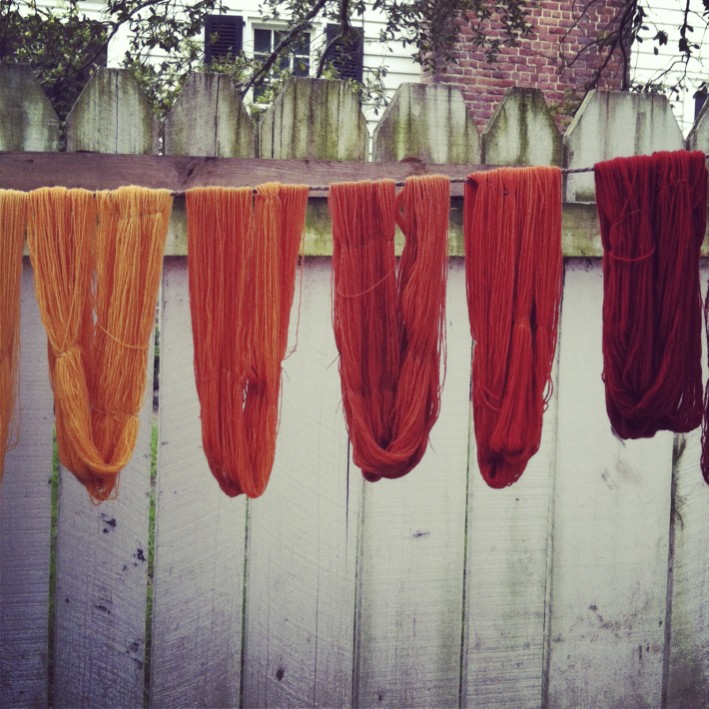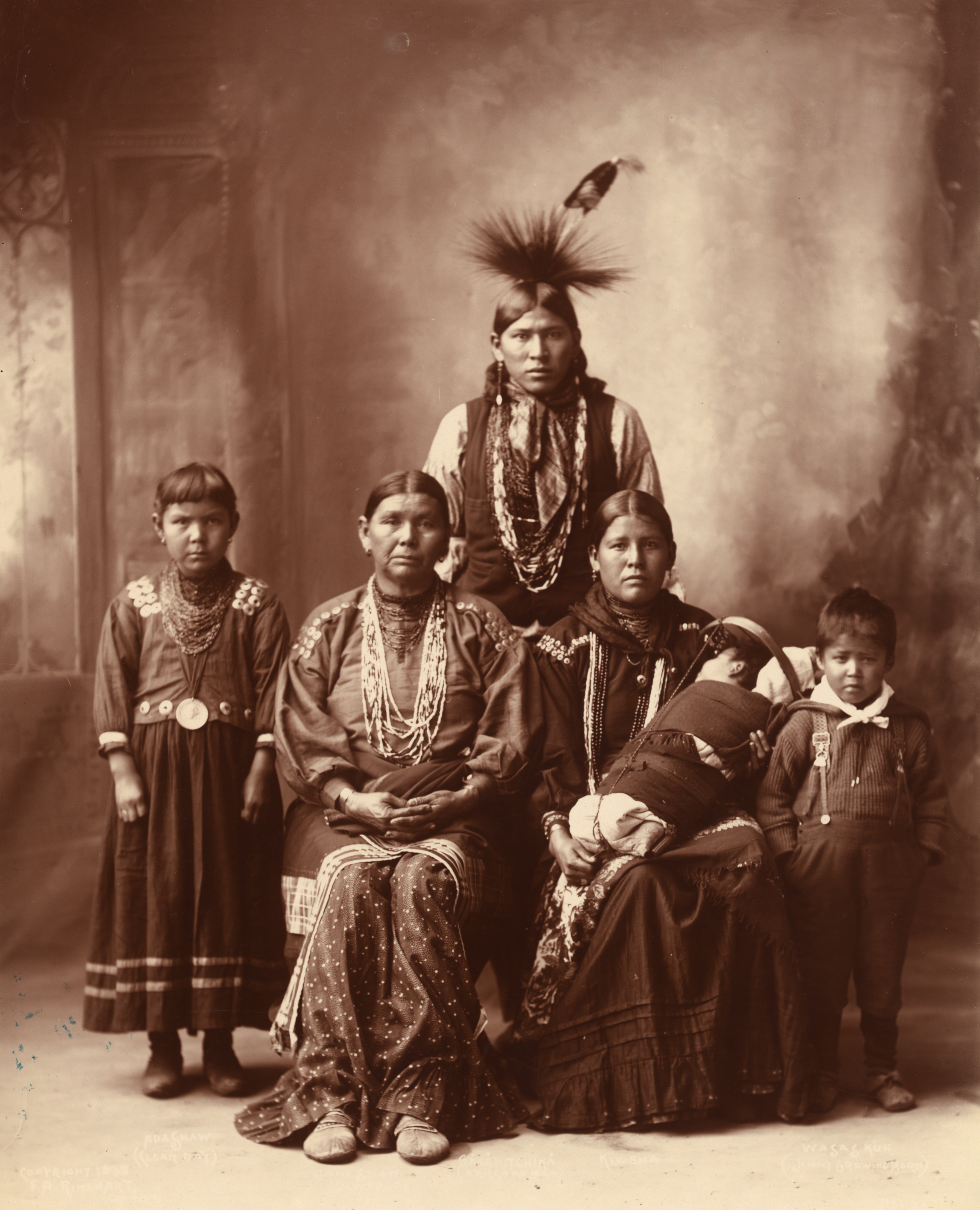|
Agaseke
Agaseke is a type of traditional Rwandese woven basket. It is characterized by its flat circular base that is taller than it is wide, with a sloped conical fitted lid. It is traditionally made of native natural fibers in natural off-white colors with naturally-dyed patterns in colors like purple, green, black, yellow, and red. There are numerous patterns that can be displayed on the sides of the agaseke, each with their own significance. Etymology The word ''Agaseke'' is composed of two parts: aga- which indicates singularity and -seke which indicates the object itself. ''Agaseke'' in its plural form is uduseke. An alternative spelling of uduseke as ubuseke is also common. Cultural symbolism Rwandese produce many styles of basket, the most notable being the agaseke because of the importance it holds in family life. Uduseke are used to promote positive inter-family relations as they are primarily used to hold food and/or other gifts when going to visit someone or when going ... [...More Info...] [...Related Items...] OR: [Wikipedia] [Google] [Baidu] [Amazon] |
Rwanda
Rwanda, officially the Republic of Rwanda, is a landlocked country in the Great Rift Valley of East Africa, where the African Great Lakes region and Southeast Africa converge. Located a few degrees south of the Equator, Rwanda is bordered by Uganda, Tanzania, Burundi, and the Democratic Republic of the Congo. With a comparatively high elevation, Rwanda has been given the sobriquet "land of a thousand hills" (), with its geography dominated by mountains in the west and savanna to the southeast, with numerous lakes throughout the country. The climate is temperate to subtropical, with two rainy seasons and two dry seasons each year. It is the most densely populated mainland African country; among countries larger than 10,000 km2, it is the third-most densely populated country in the world. Its Capital city, capital and largest city is Kigali. Hunter-gatherers settled the territory in the Stone Age, Stone and Iron Ages, followed later by Bantu peoples. The population coalesce ... [...More Info...] [...Related Items...] OR: [Wikipedia] [Google] [Baidu] [Amazon] |
Tradition
A tradition is a system of beliefs or behaviors (folk custom) passed down within a group of people or society with symbolic meaning or special significance with origins in the past. A component of cultural expressions and folklore, common examples include holidays or impractical but socially meaningful clothes (like lawyers' wigs or military officers' spurs), but the idea has also been applied to social norms and behaviors such as greetings, etc. Traditions can persist and evolve for thousands of years— the word ''tradition'' itself derives from the Latin word ''tradere'' literally meaning to transmit, to hand over, to give for safekeeping. While it is reportedly assumed that traditions have an ancient history, many traditions have been invented on purpose, whether it be political or cultural, over short periods of time. Various academic disciplines also use the word in a variety of ways. The phrase "according to tradition" or "by tradition" usually means that what ... [...More Info...] [...Related Items...] OR: [Wikipedia] [Google] [Baidu] [Amazon] |
Woven Fabric
Woven fabric is any textile formed by weaving. Woven fabrics, often created on a loom, are made of many threads woven in a warp and weft. Technically, a woven fabric is any fabric made by interlacing two or more threads at right angles to one another. Woven fabrics can be made of natural fibers, synthetic fibers, or a mixture of both, such as cotton and polyester. Woven fabrics are used for clothing, garments, decorations, furniture, carpets and other uses. Production process Yarn preparation Fibers are spun into yarns and prepared with specific properties tailored for either the warp (longitudinal yarns) or the weft (transverse yarns). Warping The warp yarns are arranged on a beam to prepare for weaving. The warp threads are held taut and parallel, and as such must be strong and durable. Weaving During weaving, the weft yarn passes over and under the warp yarns in various patterns. The primary types of weaves are plain weave, twill weave, and satin weave. These basic ... [...More Info...] [...Related Items...] OR: [Wikipedia] [Google] [Baidu] [Amazon] |
Natural Dye
Natural dyes are dyes or colorants derived from plants, invertebrates, or minerals. The majority of natural dyes are vegetable dyes from plant sources—roots, berry, berries, Bark (botany), bark, leaf, leaves, and wood—and other biological sources such as fungi. Archeology, Archaeologists have found evidence of textile dyeing dating back to the Neolithic period. In China, dyeing with plants, barks and insects has been traced back more than 5,000 years.Goodwin (1982), p. 11. The essential process of dyeing changed little over time. Typically, the dye material is put in a pot of water and heated to extract the dye compounds into solution with the water. Then the textiles to be dyed are added to the pot, and held at heat until the desired color is achieved. Textile fibre may be dyed before spinning (textiles), spinning or weaving ("dyed in the wool"), after spinning ("yarn-dyed") or after weaving ("piece-dyed"). Many natural dyes require the use of substances called mordants to bind ... [...More Info...] [...Related Items...] OR: [Wikipedia] [Google] [Baidu] [Amazon] |
Demographics Of Rwanda
demography, Demographic features of the population of Rwanda include population density, Ethnic group, ethnicity, education level, health of the populace, economic status, religious affiliations and other aspects. Rwanda's population density is among the highest in Sub-Saharan Africa at . This country has few villages, and nearly every family lives in a self-contained compound on a hillside. The urban concentrations are grouped around administrative centers. Over half of the adult population is literate, but no more than 5% have received secondary education. Population In 1950, Rwanda had a very narrow population pyramid, with less than 250,000 males and females between 0–10 years old. The graph only gets narrower as it goes up with virtually no-one living past 50 years of age. In 2017, the population of Rwanda increased dramatically from 1950 with about 750,000 people between 0–20 years old; the graph remains very narrow in the older ages section but has improved from 1950 ... [...More Info...] [...Related Items...] OR: [Wikipedia] [Google] [Baidu] [Amazon] |
Family Life
Family (from ) is a group of people related either by consanguinity (by recognized birth) or affinity (by marriage or other relationship). It forms the basis for social order. Ideally, families offer predictability, structure, and safety as members mature and learn to participate in the community. Historically, most human societies use family as the primary purpose of attachment, nurturance, and socialization. Anthropologists classify most family organizations as matrifocal (a mother and her children), patrifocal (a father and his children), conjugal (a married couple with children, also called the nuclear family), avuncular (a man, his sister, and her children), or extended (in addition to parents, spouse and children, may include grandparents, aunts, uncles, or cousins). The field of genealogy aims to trace family lineages through history. The family is also an important economic unit studied in family economics. The word "families" can be used metaphorically to create mo ... [...More Info...] [...Related Items...] OR: [Wikipedia] [Google] [Baidu] [Amazon] |
Rwandan Genocide
The Rwandan genocide, also known as the genocide against the Tutsi, occurred from 7 April to 19 July 1994 during the Rwandan Civil War. Over a span of around 100 days, members of the Tutsi ethnic group, as well as some moderate Hutu and Great Lakes Twa, Twa, were systematically killed by Hutu militias. While the Constitution of Rwanda, Rwandan Constitution states that over 1 million people were killed, most scholarly estimates suggest between 500,000 and 662,000 Tutsi died, mostly men. The genocide was marked by extreme violence, with victims often murdered by neighbors, and widespread sexual violence, with between 250,000 and 500,000 women raped. The genocide was rooted in long-standing ethnic tensions, exacerbated by the Rwandan Civil War, which began in 1990 when the Rwandan Patriotic Front (RPF), a predominantly Tutsi rebel group, invaded Rwanda from Uganda. The war reached a tentative peace with the Arusha Accords (Rwanda), Arusha Accords in 1993. However, the Assassina ... [...More Info...] [...Related Items...] OR: [Wikipedia] [Google] [Baidu] [Amazon] |
Seal Of Rwanda
The Emblem of Rwanda is the national symbol and used by the Government of Rwanda. It was restyled in 2001 to match the color scheme of the new national flag. The text reads "Republic of Rwanda – Unity, Work, Patriotism" in Kinyarwanda. The central tribal devices, a stem of sorghum, a branch of a coffee tree and a traditional basket are surmounted on a cogwheel with the sun with its rays above, while two typical Rwandan shields protects them, one on the right and one on the left. They are encircled by a square knot. The details of the emblem are laid out in Article 3(2) of the Constitution of Rwanda. The previous emblem dated from the 1960s-the colors green, yellow and red represented peace; the nation's hope for future development; and the people. According to the state, the device and the flag itself were changed because they had become associated with the brutality of the Rwandan genocide. However, some Rwandans at the time expressed doubts about the stated reasoning and me ... [...More Info...] [...Related Items...] OR: [Wikipedia] [Google] [Baidu] [Amazon] |
Cooperatives
A cooperative (also known as co-operative, coöperative, co-op, or coop) is "an autonomous association of persons united voluntarily to meet their common economic, social and cultural needs and aspirations through a jointly owned and democratically-controlled enterprise". Cooperatives are democratically controlled by their members, with each member having one vote in electing the board of directors. They differ from collectives in that they are generally built from the bottom-up, rather than the top-down. Cooperatives may include: * Worker cooperatives: businesses owned and managed by the people who work there * Consumer cooperatives: businesses owned and managed by the people who consume goods and/or services provided by the cooperative * Producer cooperatives: businesses where producers pool their output for their common benefit ** e.g. Agricultural cooperatives * Purchasing cooperatives where members pool their purchasing power * Multi-stakeholder or hybrid cooperati ... [...More Info...] [...Related Items...] OR: [Wikipedia] [Google] [Baidu] [Amazon] |
Cultural Diplomacy
Cultural diplomacy is a type of soft power that includes the "exchange of ideas, information, art, language and other aspects of culture among nations and their peoples in order to foster mutual understanding". The purpose of cultural diplomacy is for the people of a foreign nation to develop an understanding of the nation's ideals and institutions in an effort to build broad support for economic and political objectives. In essence "cultural diplomacy reveals the soul of a nation", which in turn creates influence.United States, Department of State, Advisory Committee on Cultural Diplomacy, Diplomacy Report of the Advisory Committee on Cultural Diplomacy, 3. Public diplomacy has played an important role in advancing national security objectives. Definition In a 2006 article in the '' Brown Journal of World Affairs'', Cynthia P. Schneider wrote: "Public diplomacy consists of all a nation does to explain itself to the world, and cultural diplomacy – the use of creative expr ... [...More Info...] [...Related Items...] OR: [Wikipedia] [Google] [Baidu] [Amazon] |
Women's Empowerment
Women's empowerment (or female empowerment) may be defined in several method, including accepting women's viewpoints, making an effort to seek them and raising the status of women through education, awareness, literacy, equal status in society, Livelihood, better livelihood and training.Kabeer, Naila. "Gender equality and women'empoverment: A critical analysis o the third millennium development goal 1." ''Gender & Development'' 13.1 (2005): 13–24. Women's empowerment equips and allows women to make life-determining decisions through the different societal problems. They may have the opportunity to re-define gender roles or other such roles, which allow them more freedom to pursue desired goals. Women's empowerment has become a significant topic of discussion in Human development (humanity), development and economics. Economic empowerment allows women to control and benefit from resources, assets, and income. It also aids in the ability to Risk management, manage risks and ... [...More Info...] [...Related Items...] OR: [Wikipedia] [Google] [Baidu] [Amazon] |







